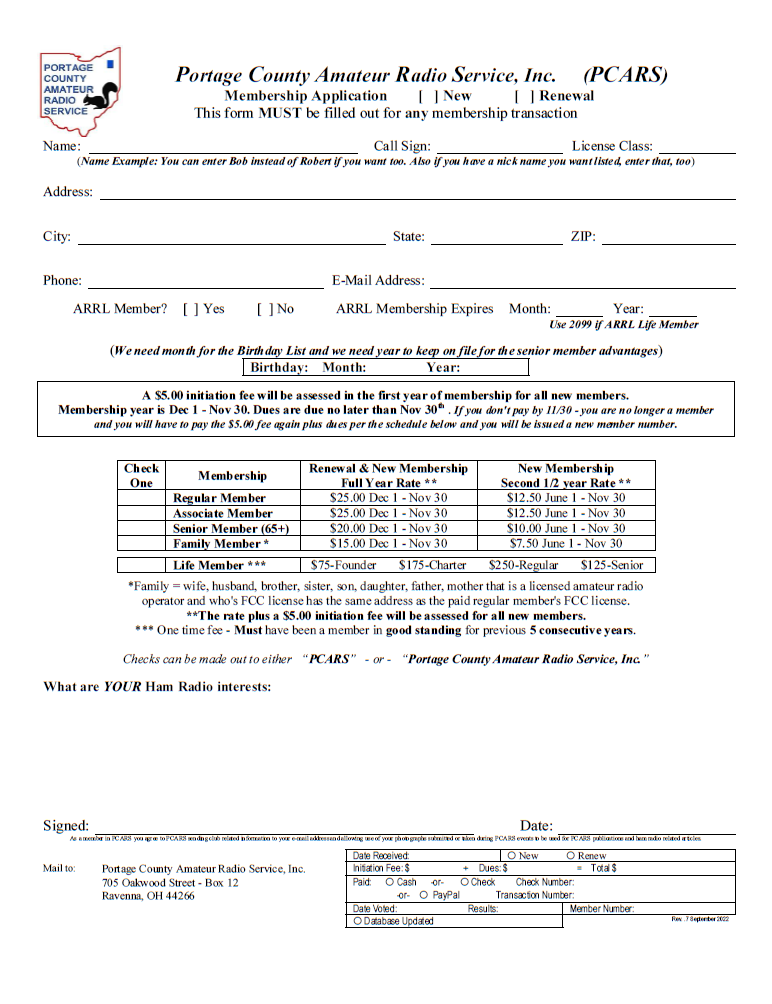[wptabs id=”17889″]
Search PCARS site
- 0Years0Months0Days0Hrs0Mins0Secs

-
Click Here for additional information on our 20 Year Anniversary Special Event
-
Recent Post
- The December Radiogram Is Ready To ViewGreetings PCARS Members, ARRL Officials, Amateur Radio Clubs and all interested people. The latest issue of … Continue reading →
- Inputs Needed For The December RadiogramIt’s time again to collect Inputs for the upcoming edition of The Radiogram! Now is a … Continue reading →
- Antenna SIG Tomorrow 11/18 at 7 PMGreetings everyone, Tomorrow we will be having our Antenna SIG starting at 7 PM at PCARS … Continue reading →
- The December Radiogram Is Ready To View
Pay Your Dues With Paypal
2018 Club of the Year

ARRL News
- Solar activity was at low levels this past week with only C classflares. Region 4294 remains the largest region on the […]
- Update 12/4/2025 (See original story, below.)ChipSat Signals Received; Listeners Still NeededUpdating the story, ‘Space Sailors’ Seeking Download Help from Ham Radio Operators,” […]
- Don’t miss it! The annual YouTube telethon to raise money for the ARRL Teachers Institute on Wireless Technology will be held […]
- ARRL The National Association for Amateur Radio® announces the results of the 2025 ARRL Division elections.In the ARRL Pacific Division, current […]
- Solar activity has remained low this past week. The largest flarewas a C9.9 on November 19 from a region just beyond […]
-





